I’ve had my Canon P for a while now. I mostly bought it for the 50mm f/2.2 lens that was attached to the front of it. That being said, I’ve shot more with the camera than I have that lens, and even then, it’s only one roll so far.
This is far from because I don’t like the lens, or indeed the camera. It’s for the same reason that some of my other gear hasn’t been shot yet too: It’s just in the never ending queue. In the case of the Canon P, this feels like more of a shame than a lot of other cameras that are sat in waiting – I had “Canon P” in my saved searches on eBay for about 3 years prior. I was looking for one around the same time I bought an M3. I’m not sure why I remember that, but I do.
I’ll come back to all this when I eventually review the Canon P, but for now, I just want to point out that there’s a lot of strong arguments to be made for it as a camera. The primary one – at least as far as I’m concerned – is how profoundly simple a camera it is. It has a fairly bright, 1:1 viewfinder with frame lines for 35, 50 and 100mm, a very neat rewind lever, a shutter dial, and little more. All that apart from the fact that it’s built like a tank – I think I’d move my foot out of the way if I dropped it…
By the definition of some, the Canon P is a Leica copy. This definition comes from the post war period when Leica thread mount camera designs were made available for the worlds camera manufacturers to copy. By the time of the Canon P, Leica had moved on to its Leica M cameras, and the style and features of the early thread mount cameras were a thing of the past. The reason the P retains the “Leica copy” broad definition is due to the lens mount being a Leica thread mount. This of course means that Leica M lenses can’t be mounted, but most Leica thread mount lenses can – including the more modern ltm Voigtlander lenses, which I have a few of (and indeed hold in high regard).
The roll I shot with it was a roll of Portra 400 with the Canon 50mm f/1.4 attached to the front. I reviewed that lens here, but didn’t talk about it in combination with the Canon P. These photos were scanned with my Noritsu LS1100
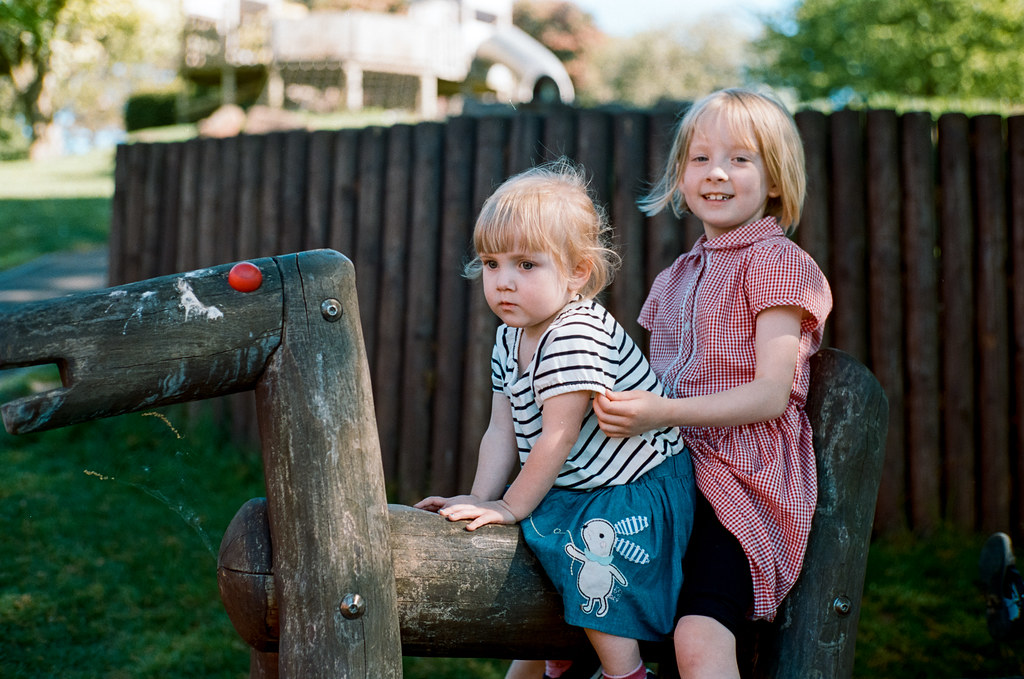
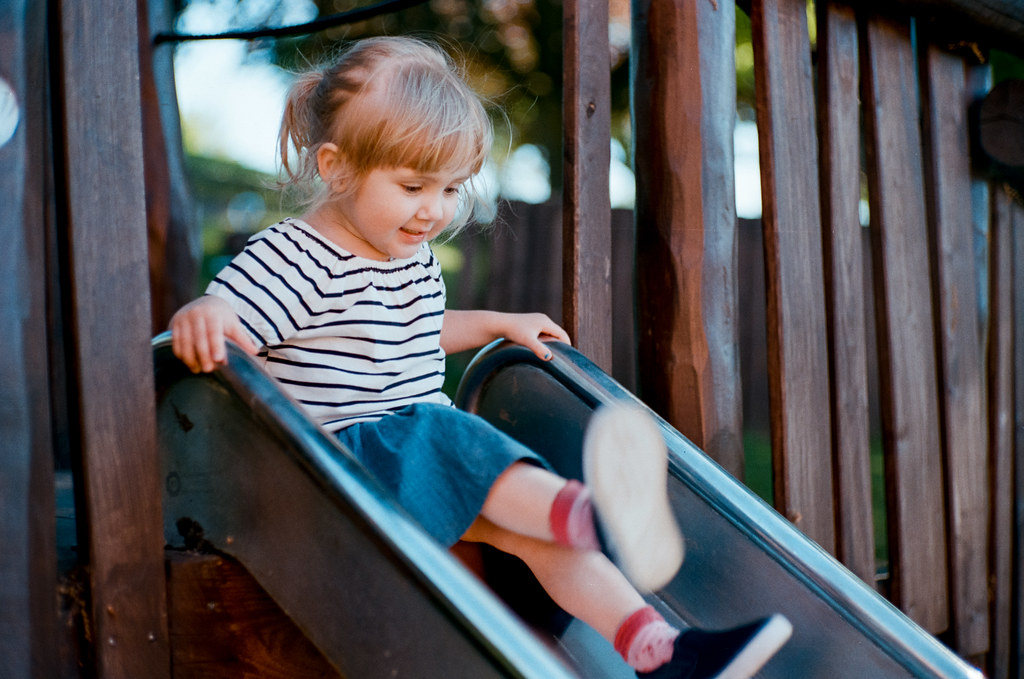

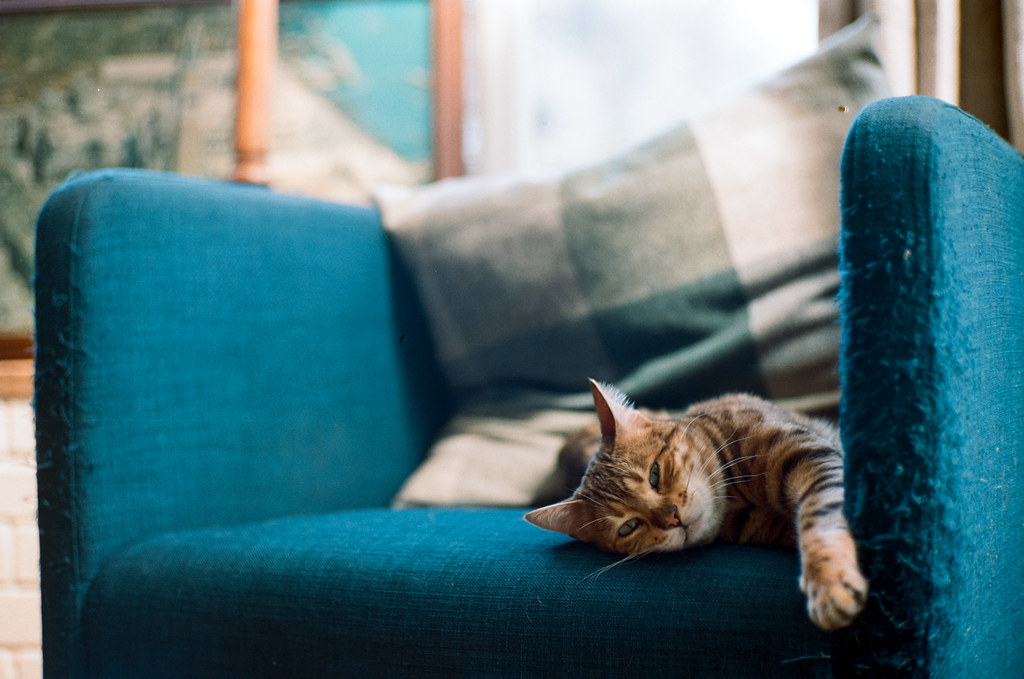
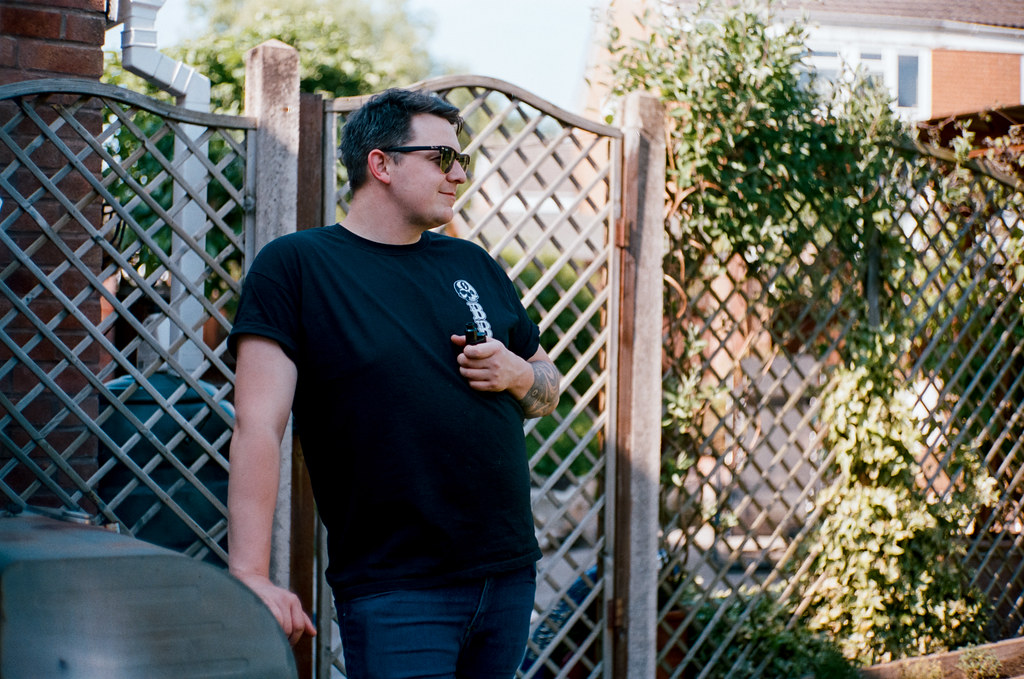
I will be back with a fuller review at some point later in the year, I hope…
Cheers,
Hamish
Share this post:
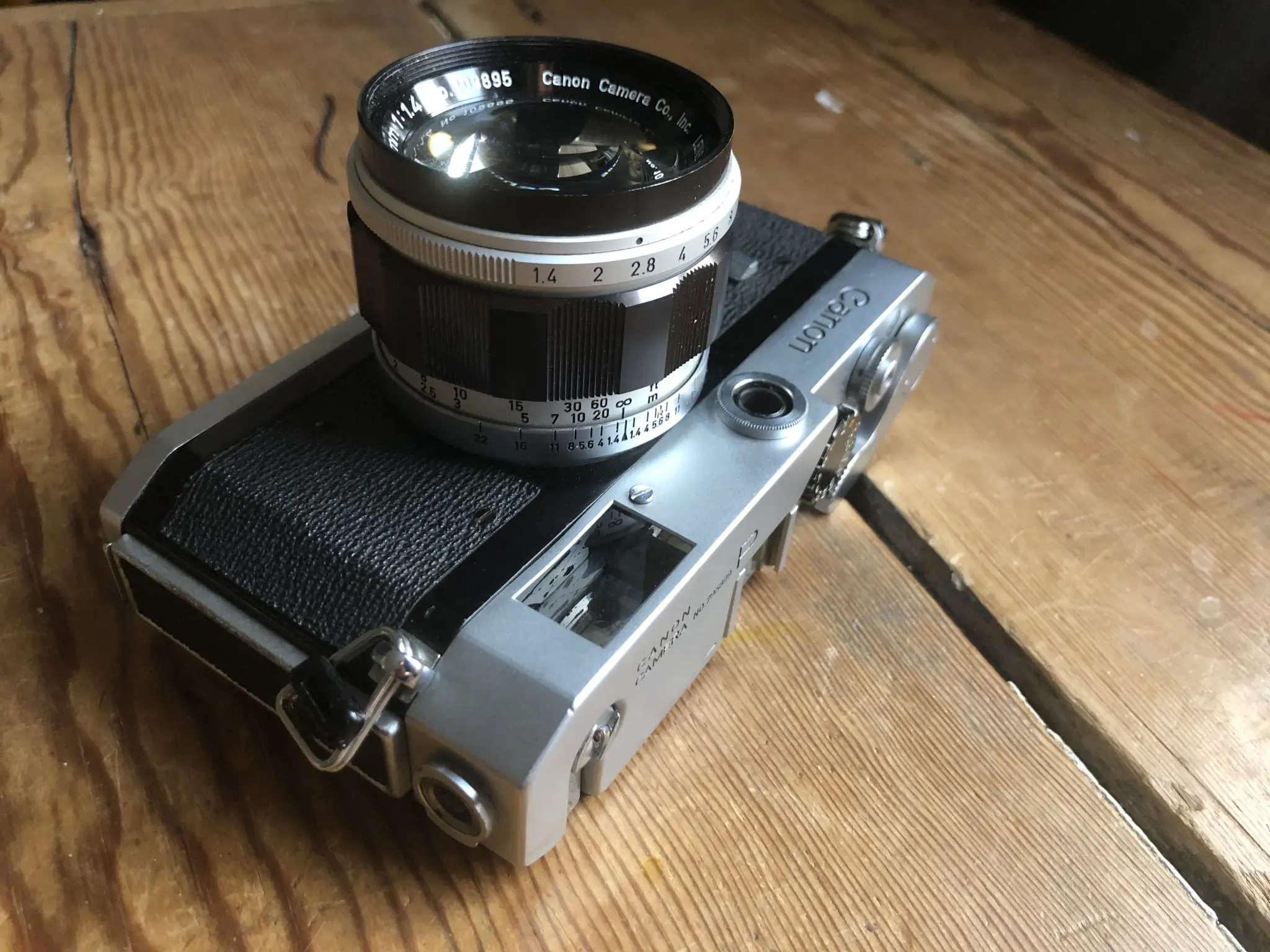
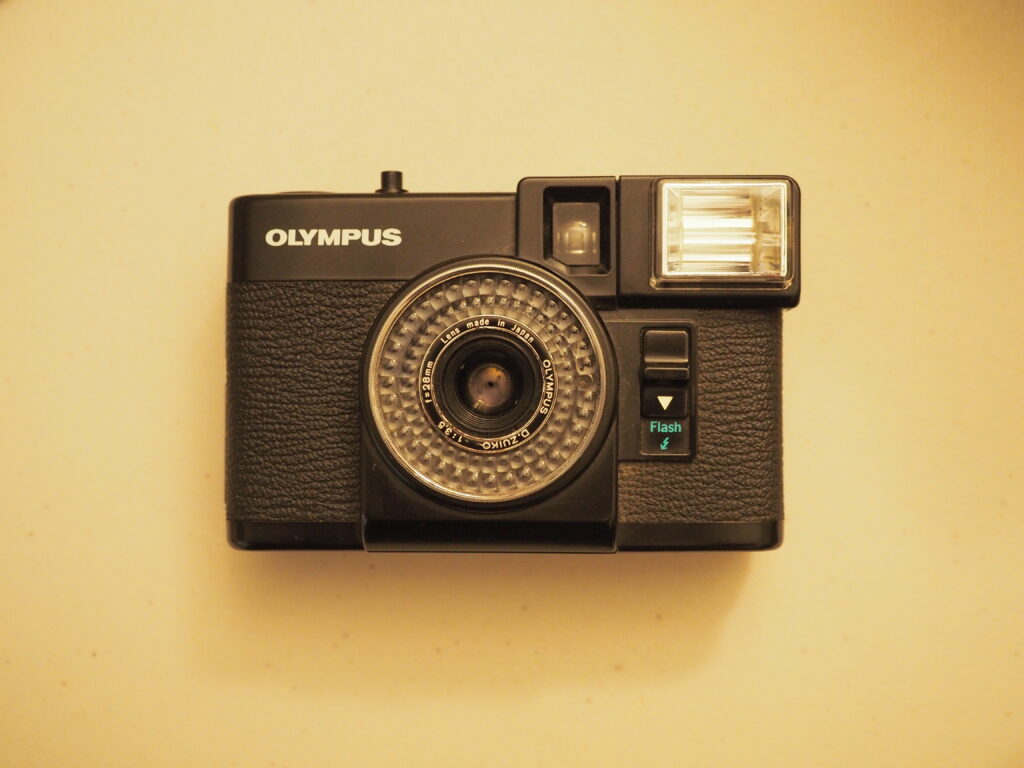
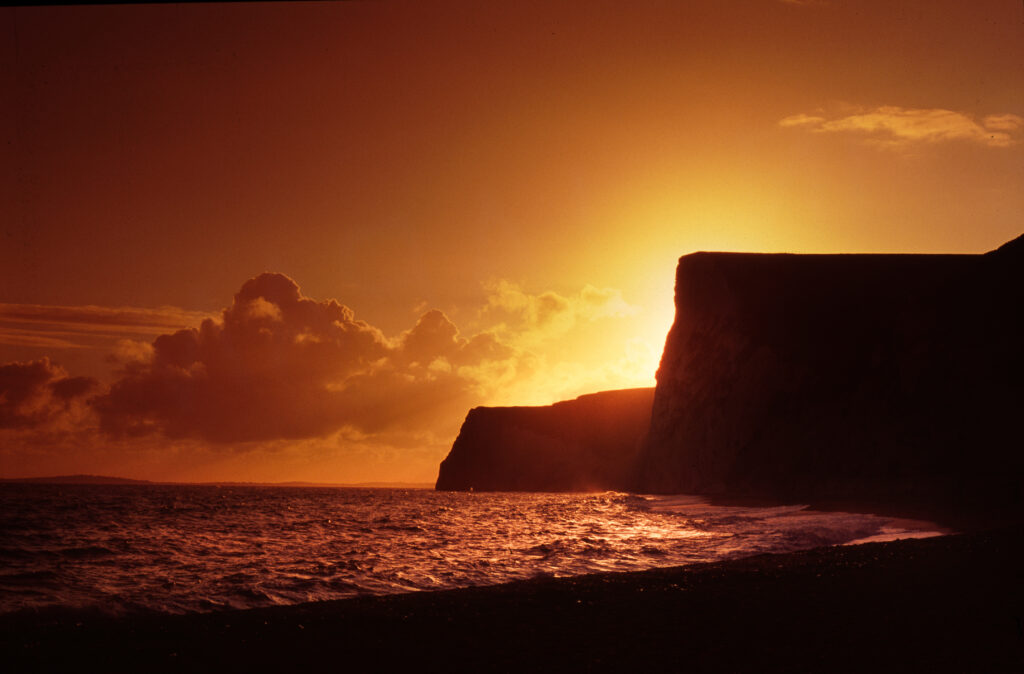
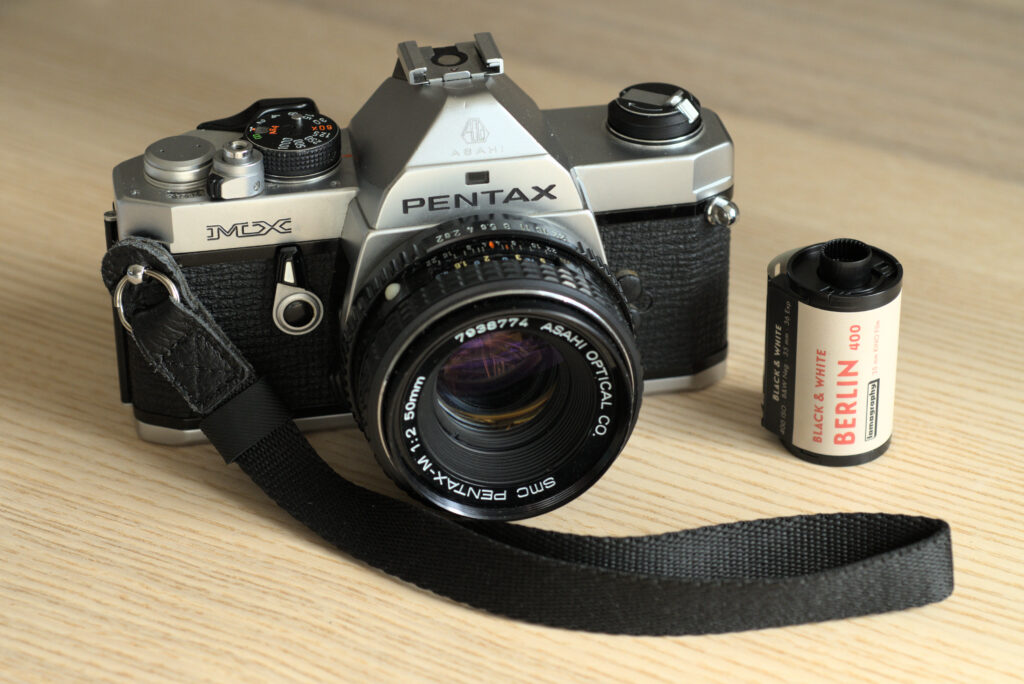
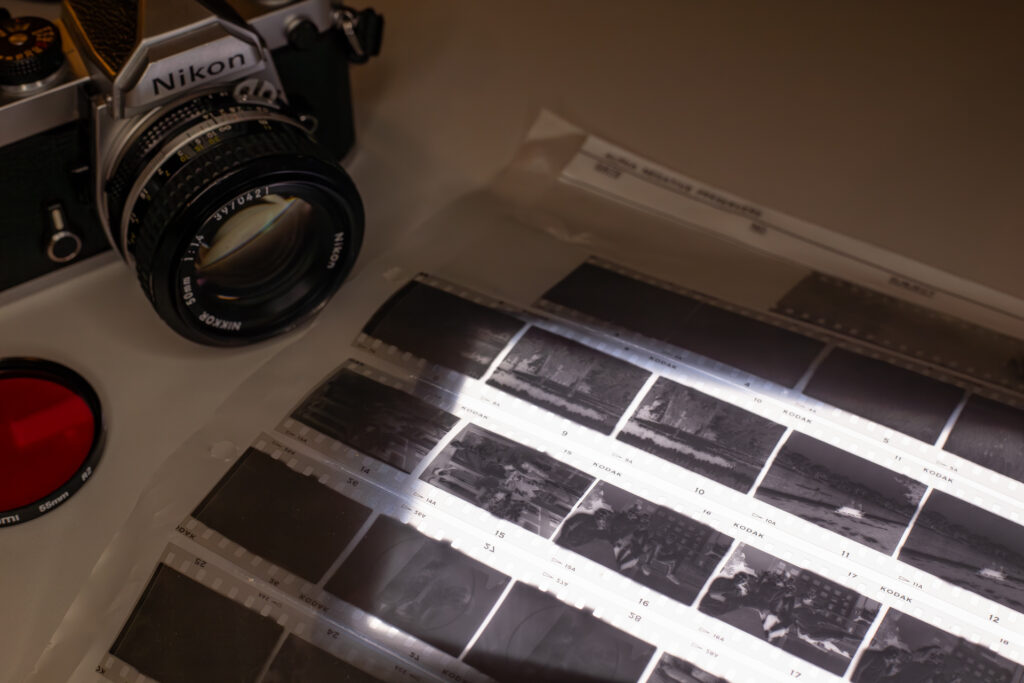




Comments
Martin south of France on 5 frames with a Canon P and Canon 50mm f/1.4 lens
Comment posted: 29/07/2018
Comment posted: 29/07/2018
Terry B on 5 frames with a Canon P and Canon 50mm f/1.4 lens
Comment posted: 29/07/2018
Whilst it is true, say, of Canon, at least for the technology, they did at least cut their own furrow in the look of their cameras unlike Leotax and Nicca to give two examples, who made look-a-like replicas. Take my late Leotax TV Merit 2, and which from most angles it looks just like a IIIf, that is until you spot the lever wind! And those who are familiar with Leica's later screw range bodies would immediately spot the other difference in the hand- the Leotax is larger all round. It's a IIIf on steroids. Because it looks so much like a Leica, holding it leaves me with a somewhat strange sensation that I can't readily explain.
Comment posted: 29/07/2018
Zachary James on 5 frames with a Canon P and Canon 50mm f/1.4 lens
Comment posted: 29/07/2018
Comment posted: 29/07/2018
David Collyer on 5 frames with a Canon P and Canon 50mm f/1.4 lens
Comment posted: 29/07/2018
Bent_Brent on 5 frames with a Canon P and Canon 50mm f/1.4 lens
Comment posted: 30/07/2018
Really nice shots and what an unexpectedly great bit of glass!
Comment posted: 30/07/2018
AJ on 5 frames with a Canon P and Canon 50mm f/1.4 lens
Comment posted: 30/07/2018
An acquaintance made these comments on this photo. "Well, other than the styles, the guy on the lower left is holding a camera, a big black one that looks like it has a huge box viewfinder on it. He's presented as just a passenger, not a pro photographer, so the camera was a popular retail model of the time. There is no detail of the camera but it does have a projecting lens. It appears to have a waist-level viewfinder that the fellow is looking down into, although he is holding the camera as high as possible; this is a typical stance in people snapshots using such cameras. A year or two later, it would have been a 35mm SLR with a pentaprism. Pentaprisms were used as early as 1949 (East German Contax S) but were not common in the public until 35 mm and 6 X 4.5 and 6 X 7 SLRs started appearing in the late 1950's."
Hence, is US, 35mm cameras didn't appear until late 1950s
R_kt on 5 frames with a Canon P and Canon 50mm f/1.4 lens
Comment posted: 30/07/2018
Comment posted: 30/07/2018